Introduction
Tabletop photography offers a world of creative possibilities, allowing photographers to capture stunning images within the confines of a small setup. Whether you’re an aspiring enthusiast or a seasoned professional, honing your tabletop photography skills can lead to captivating and visually striking images. In this article, we will explore essential tips to help you master the art of tabletop photography and create images that captivate viewers.

Plan your composition
Before you start shooting, have a clear vision of how you want your final image of tabletop photography to look. Consider the placement of your subject, the background, and any props you want to include. Sketching or creating a mood board can help you visualize the composition.
Use a tripod for tabletop photography
Tabletop photography often requires close-up shots with small details, and a tripod helps you maintain stability and precision. It ensures sharp focus and allows for longer exposure times if needed. Invest in a sturdy tripod to avoid any unwanted camera shake.
Experiment with different angles
Don’t limit yourself to shooting from eye level. Try shooting from various angles—top-down, low-angle, or even from the side—to add depth and visual interest to your images. Changing perspectives can completely transform the look and feel of your tabletop scene.
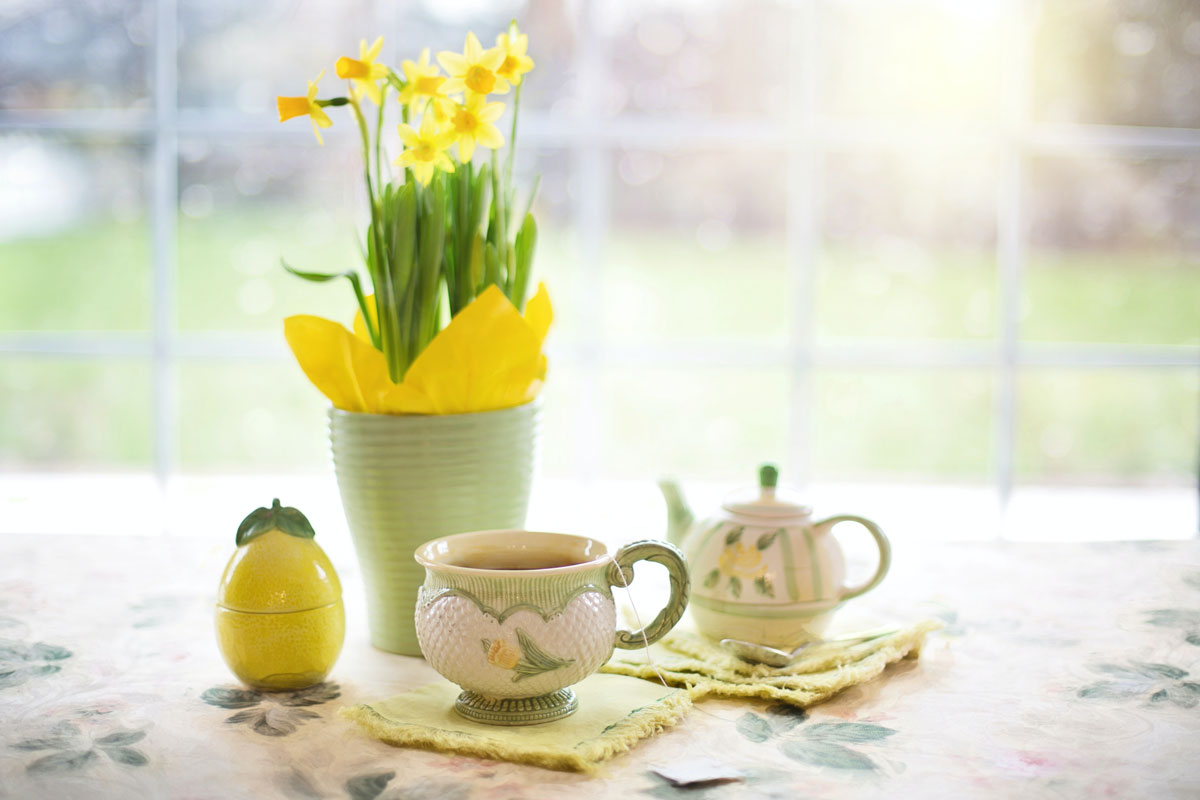
Pay attention to lighting for tabletop photography
Lighting is crucial in tabletop photography. Natural light can create beautiful results. Consider shooting near a window or diffusing the light with a sheer curtain or diffuser. If using artificial lighting, experiment with different setups to achieve the desired mood and avoid harsh shadows.
Control reflections
Reflective surfaces are common in tabletop photography. Be mindful of unwanted reflections and glare on shiny objects. Use flags or bounce cards to control the light and minimize reflections. You can also try using polarizing filters to reduce unwanted reflections.
Experiment with depth of field
Play with depth of field to create different effects in your images. Use a wider aperture (smaller f-number) to achieve a shallow depth of field, isolating your subject and blurring the background. Alternatively, a smaller aperture (larger f-number) will result in a larger depth of field, keeping more of the scene in focus.
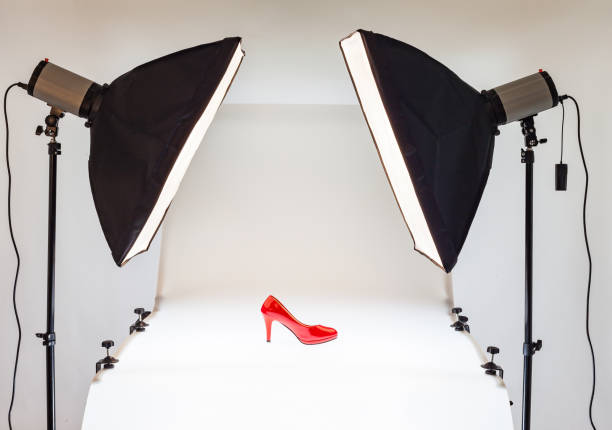
Pay attention to details in tabletop photography
Tabletop photography often highlights small details. Ensure yourself about everything is clean and well-presented. Remove any dust or fingerprints from objects and surfaces. Use a small brush or compressed air to clean off any unwanted particles. Small adjustments can make a significant difference in the final image.
Experiment with different props and backgrounds
Get creative with the objects and backgrounds you use in your tabletop scenes. Mix and match textures, colors, and materials to create interesting compositions. Don’t be afraid to try unconventional props or backgrounds that add visual interest and enhance the story you’re trying to convey.
Practice patience and take your time
Tabletop photography requires attention to detail and precision. Take your time to arrange the scene, adjust the lighting, and fine-tune the composition. Patience is key to capturing the perfect shot and bringing your vision to life.
Learn tabletop photography from others and experiment
Explore tabletop photography works by other photographers for inspiration. Study their techniques, compositions, and use of lighting. Don’t be afraid to experiment and develop your own style. Be open to trying new things and pushing the boundaries of what tabletop photography can achieve.
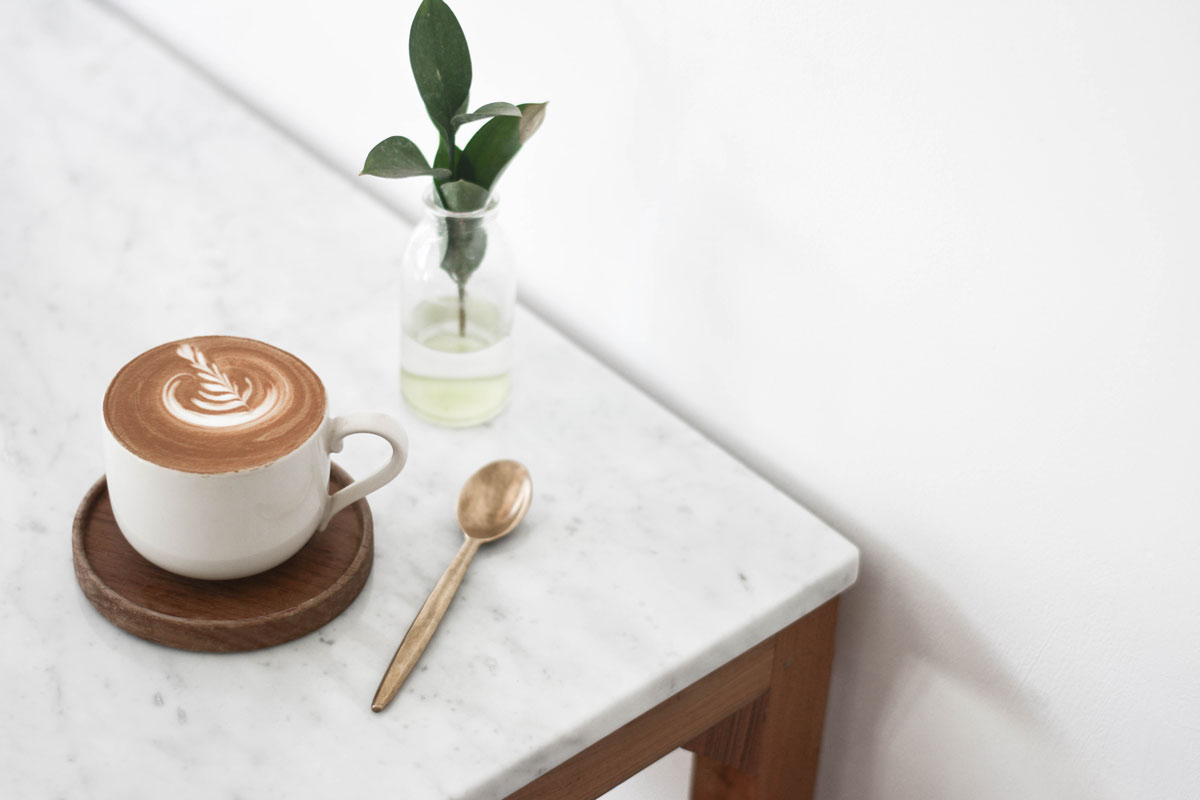
Use a macro lens or extension tubes
Tabletop photography often involves capturing intricate details and small subjects. A macro lens or extension tubes can help you get closer to your subject, enabling you to capture fine details and create impactful close-up shots.
Create a sense of storytelling
Use your tabletop setup to tell a story or evoke a particular mood. Consider incorporating elements that add narrative or evoke emotions. This could be through the arrangement of objects, the use of props, or the inclusion of subtle visual cues.
Play with textures and patterns
Experiment with various textures and patterns in your tabletop compositions. Incorporate elements with contrasting textures to create visual interest and add depth to your images. This could involve using textured backgrounds, fabric, or incorporating objects with interesting surfaces.
Utilize negative space
Negative space refers to the empty areas in an image. Embrace negative space in your tabletop compositions to give your subject room to breathe and draw attention to it. A minimalistic approach can often create a visually striking and impactful image.
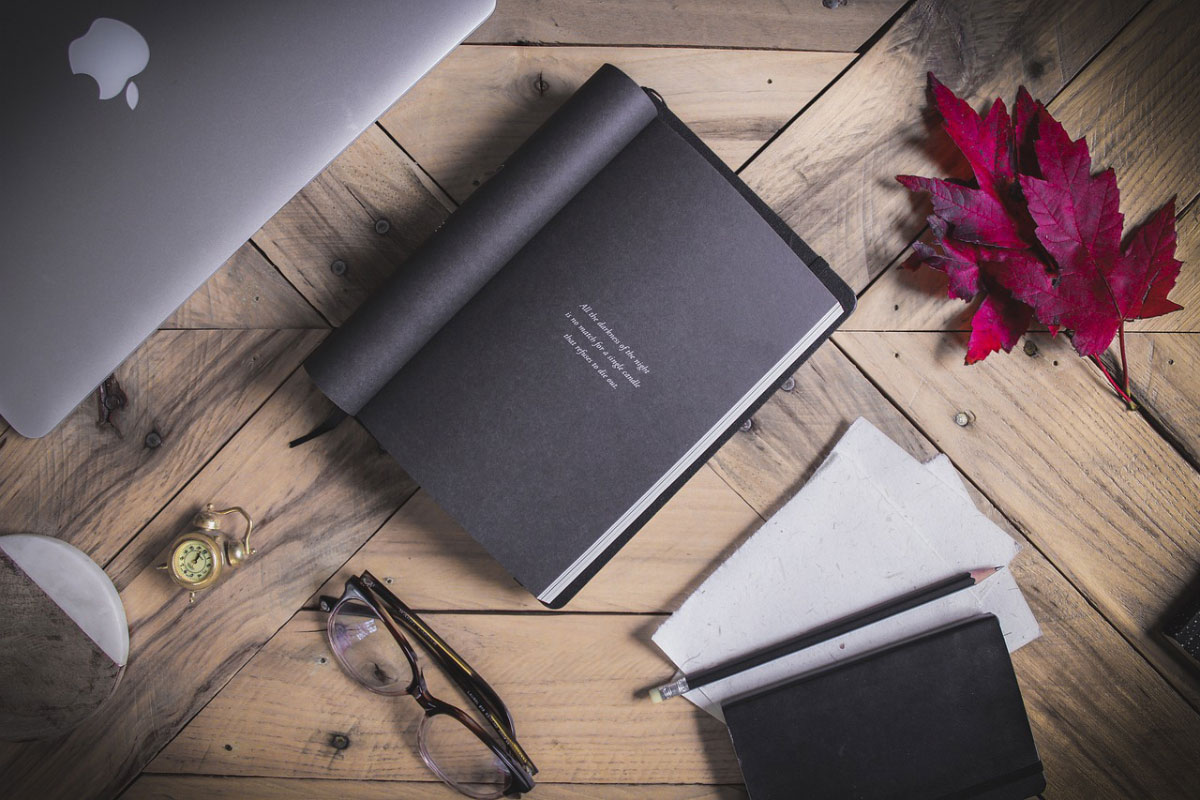
Add motion and dynamic elements
Tabletop photography doesn’t have to be static. Explore ways to introduce motion or dynamic elements into your compositions. This could be achieved through the use of flowing fabrics, falling droplets of water, or capturing objects in motion. Experiment with techniques such as using a fast shutter speed or employing off-camera flash to freeze action.
Experiment with different materials and surfaces
Incorporating a variety of materials and surfaces can add visual interest and enhance your tabletop images. Reflective surfaces, translucent objects, glass, and liquids can introduce captivating reflections, refractions, and textures. Explore how these elements interact with light to create unique and compelling visuals.
Pay attention to color harmony and contrast
Colors play a vital role in tabletop photography. Consider the color palette you want to convey in your images. Experiment with complementary or contrasting colors to create visual impact. Harmonious color schemes can create a pleasing and cohesive image. It holds bold contrasts and add drama with excitement.
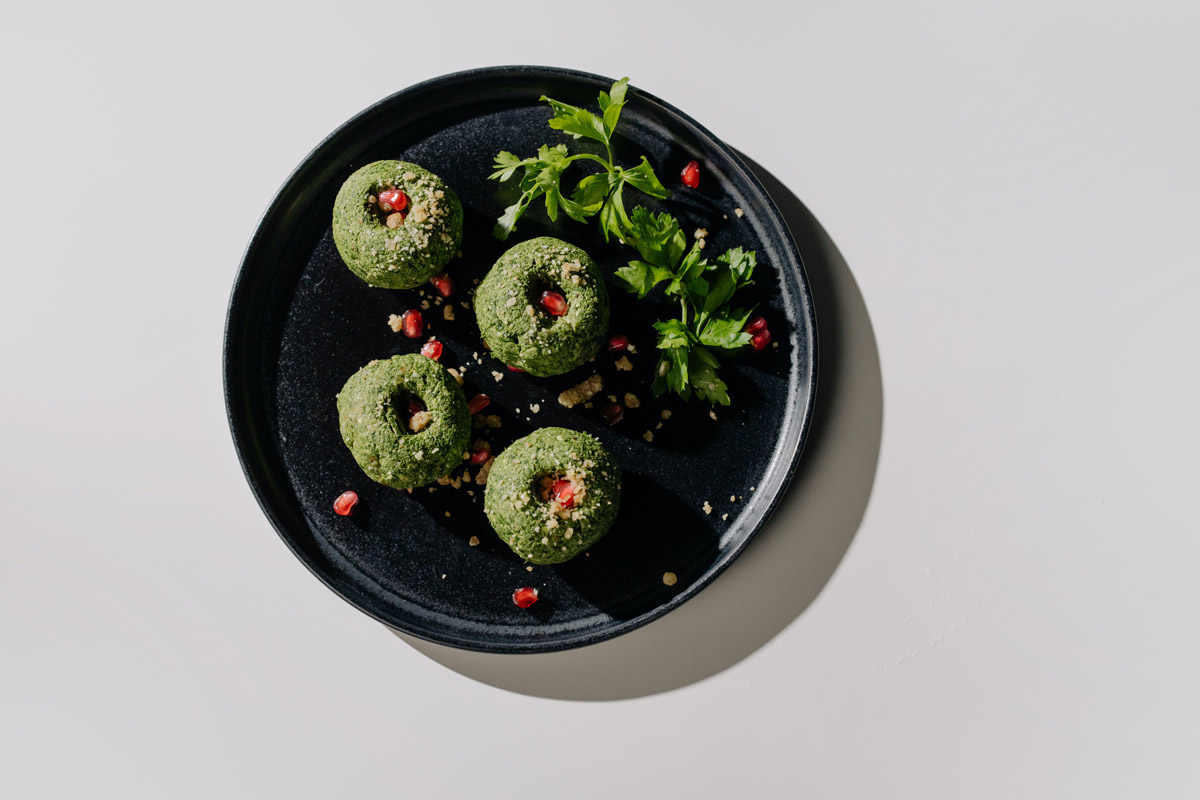
Capture details in post-processing
Tabletop photography allows for meticulous attention to detail. Take advantage of post-processing to enhance and refine your images further. Additionally, zoom in and focus on small details during editing to ensure that every aspect of your image is visually appealing and flawlessly presented. This attention to detail can make a significant difference in the final outcome of your tabletop photography. By utilizing post-processing techniques, such as adjusting exposure, contrast, colors, and sharpness, you can bring out the best in your images. Moreover, zooming in and scrutinizing the finer elements allows you to fine-tune the composition, eliminate distractions, and ensure that every detail is precisely as you envision it. Post-processing provides an opportunity to enhance the overall aesthetics of your tabletop photographs, bringing them to life with even greater clarity and impact.
Take inspiration from nature
Nature can provide abundant inspiration for tabletop photography. Incorporate elements such as flowers, leaves, or shells into your compositions. These organic elements can add a touch of beauty and bring a sense of the natural world to your tabletop scenes.
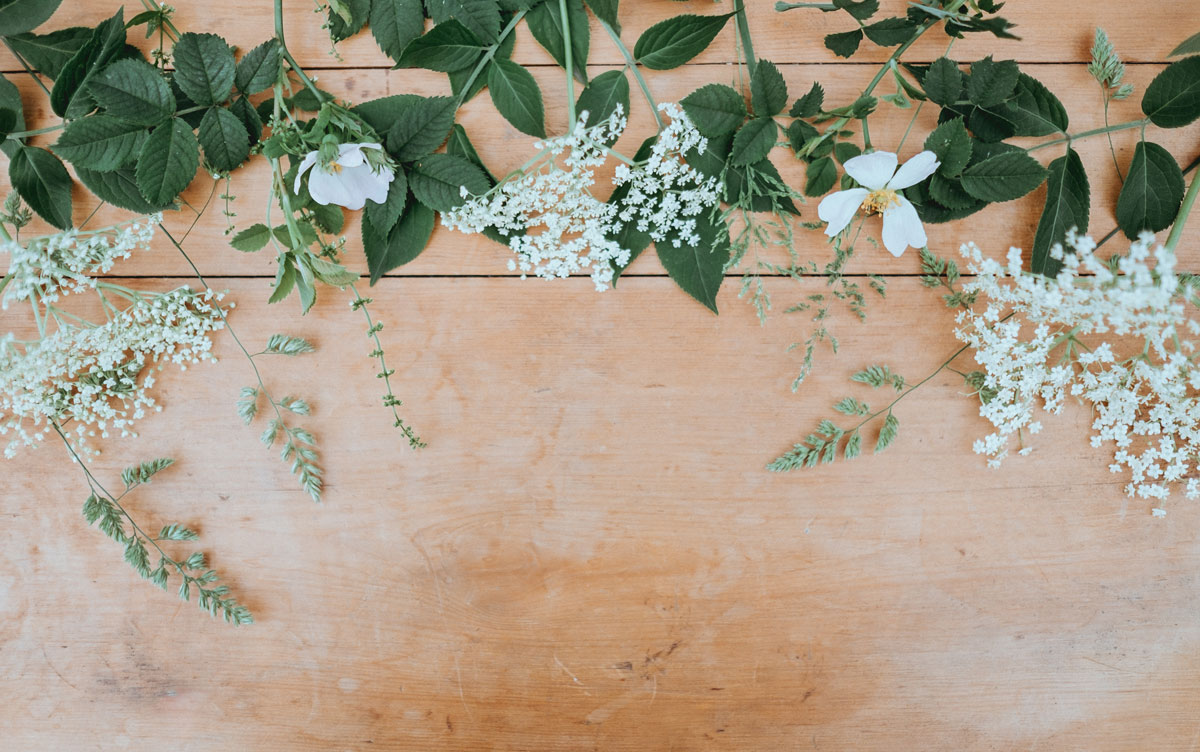
Practice and experiment
The key to improving your tabletop photography skills is practice. Set aside regular time to experiment with different subjects, lighting techniques, compositions, and props. Don’t be afraid to step outside your comfort zone and try new ideas. Through practice and exploration, you’ll develop your unique style and refine your technique.
Conclusion
Tabletop photography presents a world of endless creative possibilities. By applying these essential tips, you can elevate your tabletop photography skills and capture captivating images that engage and inspire viewers. Remember to plan your composition, master lighting techniques, pay attention to details, and continuously experiment to discover new perspectives and techniques. Embrace the beauty of small-scale photography and let your creativity shine through each frame.

love this article.
Effective information. Thanks for sharing.